Food types and diet
The main type of food by which an organism derives nourishment for growth, function and reproduction.
| Trait | Definition |
|---|---|
|
Autotroph |
Self-feeding. An organism capable of synthesizing complex organic substances from simple inorganic substrates (Lincoln et al., 1998). |
|
Photoautotroph |
An organism that obtains metabolic energy from light by a photochemical process such as photosynthesis (e.g. seaweeds, phytoplankton) (Lincoln et al., 1998). |
|
Chemoautotroph |
An organism that obtains metabolic energy from oxidation of inorganic substrates such as sulphur, nitrogen or iron (e.g. some microorganisms) (Lincoln et al., 1998). |
|
Mixotroph |
An organism that is both autotrophic and heterotrophic |
|
Heterotroph |
An organism that obtains nourishment from exogenous (external) organic material (Lincoln et al., 1998). |
|
Detritivore |
An organism that feeds on fragmented particulate organic matter (detritus) (Lincoln et al., 1998). |
|
Herbivore |
An organism that only feeds on plants, including phytoplankton. |
|
Omnivore |
An organism that feeds on a mixed diet including plant and animal material (from Lincoln et al., 1998). |
|
Saprophage |
An organism that feeds on dead or decaying organic material (see Lincoln et al., 1998). |
|
Carnivore |
Flesh-eater. An organism that feeds on animal tissue or meat. |
|
Symbiont contribution |
Where some dietary component(s) are provided by symbiotic organisms (e.g. Anemonia with zooxanthellae). |
References
- Lincoln, R., Boxshall, G., & Clark, P., 1998. A Dictionary of Ecology, Evolution and Systematics (2nd ed.). Cambridge: Cambridge University Press


